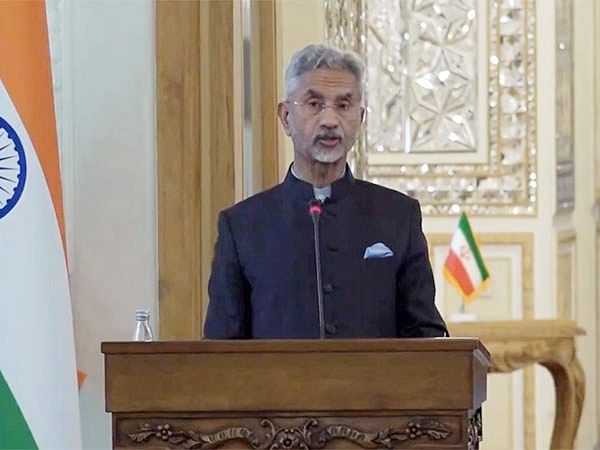In a significant move aimed at strengthening cultural ties, India’s External Affairs Minister, S Jaishankar, announced that the Government of India has decided to designate Farsi (Persian) as one of the nine classical languages in India under the New Education Policy.
During a joint press conference with his Iranian counterpart, H Amir-Abdollahian, on Monday, Jaishankar, who is on a two-day visit to Iran, emphasized the cultural, literary, and linguistic connections between Iran and India, stating, “The government of India has decided to include Farsi as one of the nine classical languages of India in our New Education Policy.”
This recognition underscores a commitment to promoting a deeper understanding and appreciation of Farsi’s rich heritage within the Indian educational framework. Notably, Tamil was the first language in India to be granted classical language status in 2004, and other languages, including Sanskrit, Kannada, Malayalam, and Odia, have received similar recognition by the central government.
India’s National Education Policy-2020 advocates for the preservation of classical languages such as Pali, Persian, and Prakrit, along with their literary works, for the benefit and enjoyment of future generations.
During the press conference, Jaishankar and Amir-Abdollahian discussed various aspects of their bilateral relations, focusing on political and economic dimensions. They highlighted the multifaceted nature of diplomatic engagement and acknowledged the strong people-to-people contacts and cultural ties that bind the two nations.
Emphasizing the potential for increased cooperation, Jaishankar said, “Our people-to-people contacts have long been a strength. Iran and India are united by our deep cultural, literary, and linguistic ties, which create a unique foundation for increasing exchanges of tourists, students, artists, athletes, and scholars. We discussed how we can better link our cultural and educational institutions.”
Addressing regional connectivity, Jaishankar reiterated India’s interest in utilizing Iran’s strategic geographical position for access to markets in Central Asia, Afghanistan, and Eurasia. The ministers explored opportunities to strengthen economic ties and enhance regional connectivity for mutual benefit.
Expressing satisfaction with the comprehensive nature of the discussions, Jaishankar highlighted the frequent high-level interactions between the two countries. He also mentioned ongoing cooperation in various areas and the recent meeting between Prime Minister Modi and President Raisi in Johannesburg.
As part of his visit, Jaishankar also met with Iran’s Minister of Roads and Urban Development to discuss establishing a “long-term cooperation framework” for Chabahar Port, a strategic maritime facility on the southeastern coast of Iran. This visit is part of the ongoing high-level exchanges between India and Iran, as per the Ministry of External Affairs.
